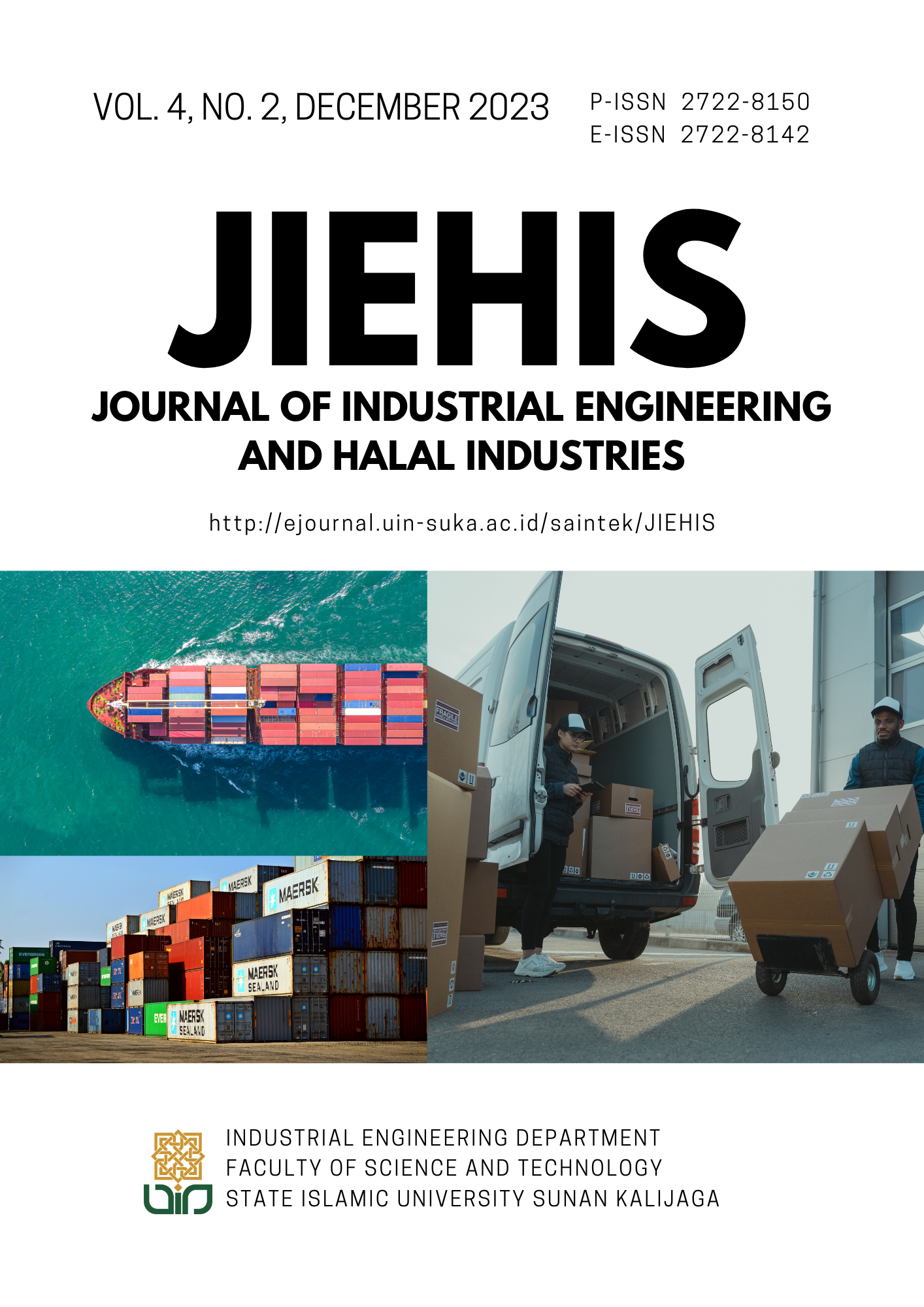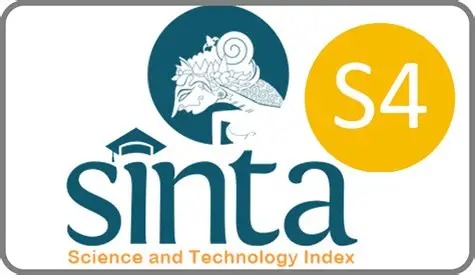Work Analysis of An Assembly Operation Using Therbligs
DOI:
https://doi.org/10.14421/jiehis.4232Keywords:
Work analysis; Methods study; Work measurementAbstract
This study aims to analyze an assembly operation using work analysis technique. The LED bulb assembly operation is studied because it is labor-intensive manufacturing. This operation requires highly repetitive motions of two hands of worker. Therbligs represent motions when worker assemble the parts. Therefore, Therbligs are used to analyze the movements of worker in this study. The results shown that the ineffective motions such as search, select and hold can be minimized or eliminated by using fixture and rearranging workstation.References
Freivalds, A., & Niebel, B. W. (2014). Niebel’s Methods, Standards, and Work Design. McGraw-Hill.
Yen, Y. R. (2011). A study of developing the procedural logic learning system using the concept of Therbligs. 2011 IEEE International Conference on Multimedia and Expo. IEEE.
Oyekan, J., Hutabarat, W., Turner, C., Arnoult, C., & Tiwari, A. (2020). Using Therbligs to embed intelligence in workpieces for digital assistive assembly. Journal of Ambient Intelligence and Humanized Computing.
Jia, S., Tang, R., & Lv, J. (2012). Therblig-based energy demand modeling methodology of machining process to support intelligent manufacturing. Journal of Intelligent Manufacturing, 25, 913–931.
Shun Jia, Q. Y. (2017). Therblig-embedded value stream mapping method for lean energy machining. Energy, 1081-1098.
Downloads
Published
How to Cite
Issue
Section
License
Copyright (c) 2024 Anh Le

This work is licensed under a Creative Commons Attribution-ShareAlike 4.0 International License.
(c) The Author(s). This article is distributed under a Creative Commons Attribution-ShareAlike 4.0 International License.






